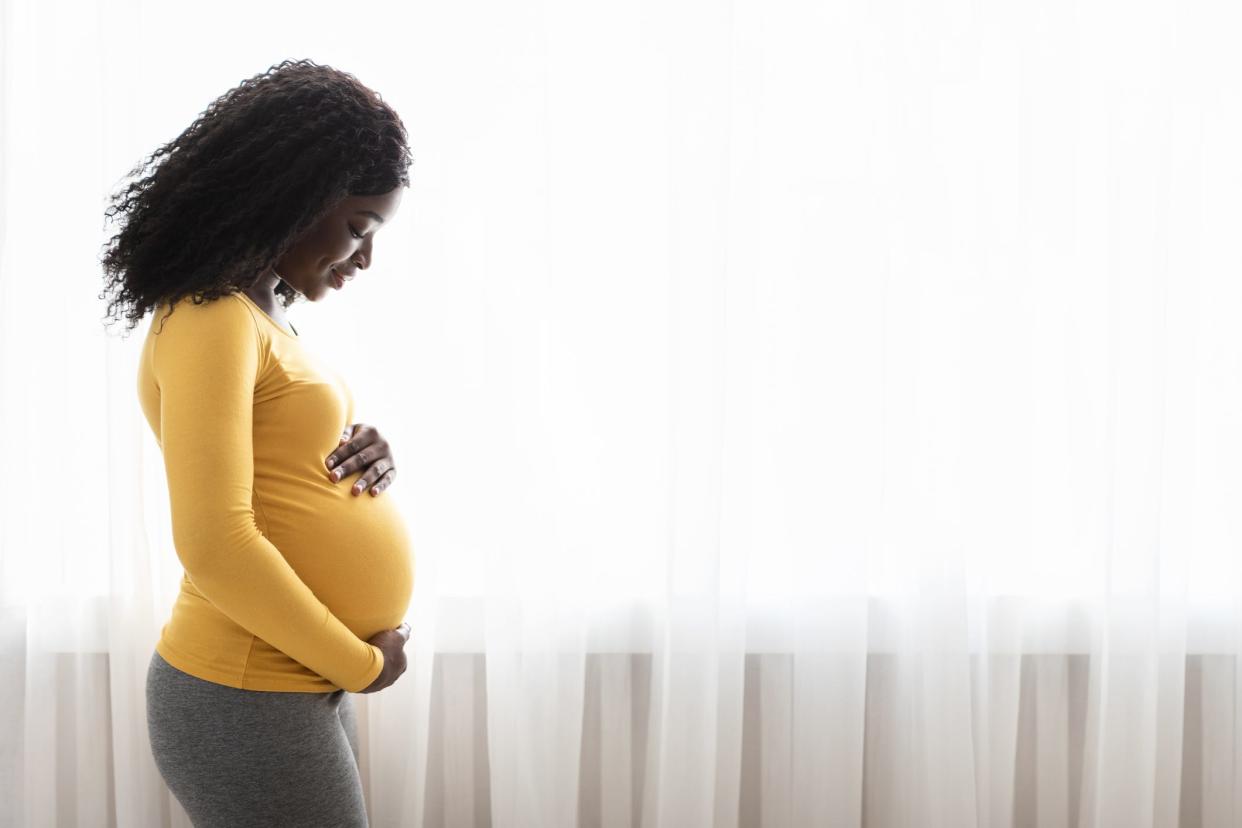Local grad student: Birthing a new narrative for maternal mortality

Imagine, the minutes are ticking away. In one instant, a mother has just given birth to new life. The next, she loses her own. This is a probable reality in which nearly 800 women succumb daily around the world. A reality that can easily be prevented, decreasing the current trend of maternal-related deaths.
So, why is this happening? Weathering — the dismissal of minority women’s mental and physical health — is linked to perinatal depression, eclampsia (pre/post), hypertension and other conditions. A 2019 article on midwives of color (published by University of Minnesota) also listed several factors that included stress, social determinants of health and structural racism, among others. As a public health professional, I would like to add education for both patients and obstetric service providers.
There are clear disparities between race and mortality. Per 100,000 live births, minority Black women total 39.9 deaths. Compare that to non-Hispanic women who total 14.1 deaths per 100,000 live births. So, how do we address it? There are three perspectives.
Health care in an RV: Ascension St. Vincent's mobile ministry is on the road to help end health disparities
Cultural competence in health care: New Black-owned women's center pledges to 'put biases to the side'
Letters: As mayoral runoff approaches, candidates' campaign tactics speak volumes
Mothers
By educating women on signs and symptoms, they can be better prepared. Allow them to speak up for themselves if they feel something is wrong. Also, having advocates to speak on their behalf, if needed, is beneficial. Lastly, building a rapport with staff can help adjust such disparities.
Systemically
We need more accessible schools in minority-prominent communities, offering quality education and more scholarships to achieve higher education. Building more clinics/hospitals in minority communities would also be of benefit. This way, minorities can see their potential.
Obstetric professionals
Lastly, it would be most beneficial if obstetric professionals learn about both implicit and racial healthcare bias. It’s easy to believe there is no personal contribution, but when the health care system is built on such beliefs, it’s easy to unknowingly contribute. Among physicians, it has been reported by the American Journal of Public Health that 70% of physicians have shown some level of implicit bias against minorities.
Also, listening and advocating for patients will decrease the chance of communication barriers, thus building a rapport with the patient-improving quality of care. It would also be most beneficial to learn symptoms and how they present themselves in all races.
In summary, if mothers and professionals work together, we can decrease maternal mortality trends.

Trinity Hooks is a Master of Public Health student at the University of North Florida. She was born and raised in Jacksonville.
This guest column is the opinion of the author and does not necessarily represent the views of the Times-Union. We welcome a diversity of opinions.
This article originally appeared on Florida Times-Union: Research shows clear link between race and pregnancy-related deaths

